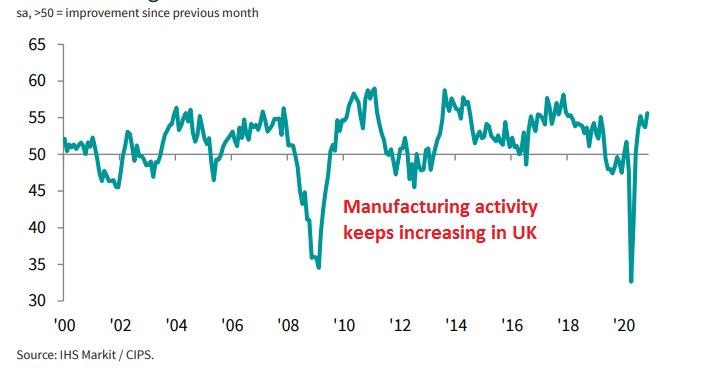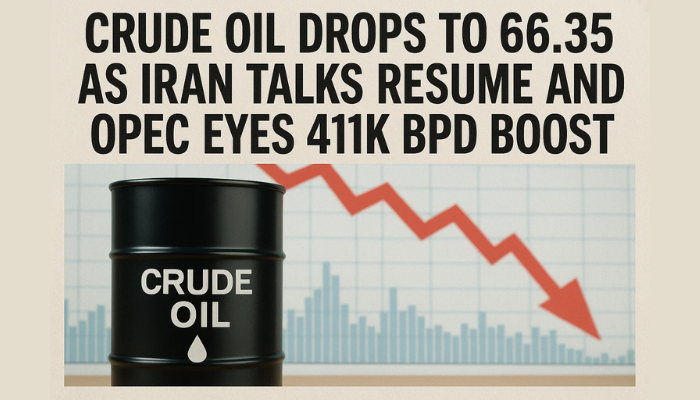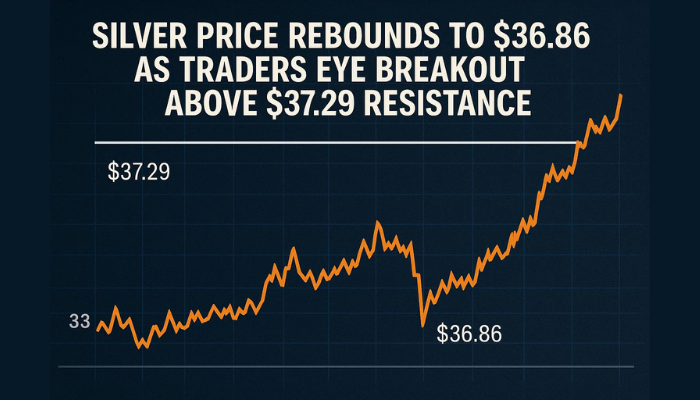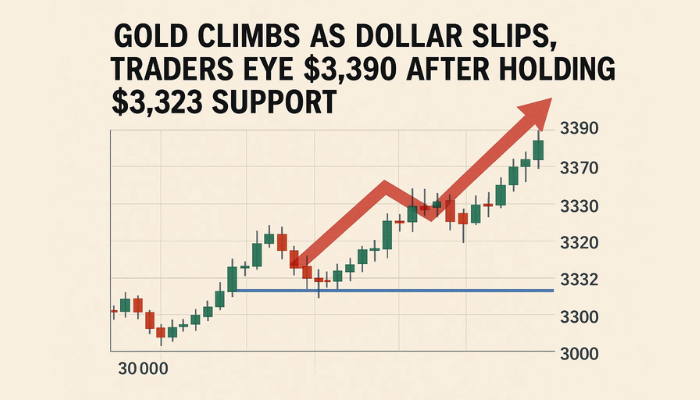UK Manufacturing Helps Ease the Economic Slowdown, as Activity Increases Further
Manufacturing activity expanded further in UK during November

The UK economy weakened again in Autumn, and it is expected to slow down further, as the restrictions have increased in the last few weeks. But at least the manufacturing activity is holding pretty well – in fact, it is actually expanding. The final reading for November was revised higher to 55.6 points, which is a very decent level.
However, the service sector is the biggest one by far, and it will probably fall into contraction again due to the new lock-down measures, but at least manufacturing is easing some of the pain.
Final UK Manufacturing PMI for November
- Final Manufacturing PMI November 55.6 points vs 55.2 previously
- Manufacturing PMI October was 53.7 points
- Composite PMI 47.4 vs 42.5 expected
- Prior 52.1
“Growth of the UK manufacturing sector picked up in November, temporarily boosted by ‘Brexit buying’ among clients, and the ongoing boost from economies re-opening, following lockdowns earlier in the year. The effects were most felt among firms supplying inputs to other companies, as warehouses were restocked, and among producers of investment goods, such as machinery and equipment. The weak point was the consumer goods industry, which saw lower output and new order intakes, amid depressed household sentiment caused by mounting job losses and the UK re-entering lockdown.
“Whether the upturn of manufacturing production can be sustained into the new year is therefore highly uncertain, especially once the temporary boosts from Brexit purchasing and stockbuilding wane. On this front, some reassurance is provided by the survey’s gauge of business optimism. Confidence has risen to a level not seen since late 2014, with over three-fifths of manufacturers (61%) still expecting to raise output over the coming year. On the other hand, many manufacturers remain very concerned about the outlook and generally reluctant to expand capacity, which has caused a drop in employment for the tenth month in a row.”
- Check out our free forex signals
- Follow the top economic events on FX Leaders economic calendar
- Trade better, discover more Forex Trading Strategies
- Open a FREE Trading Account


